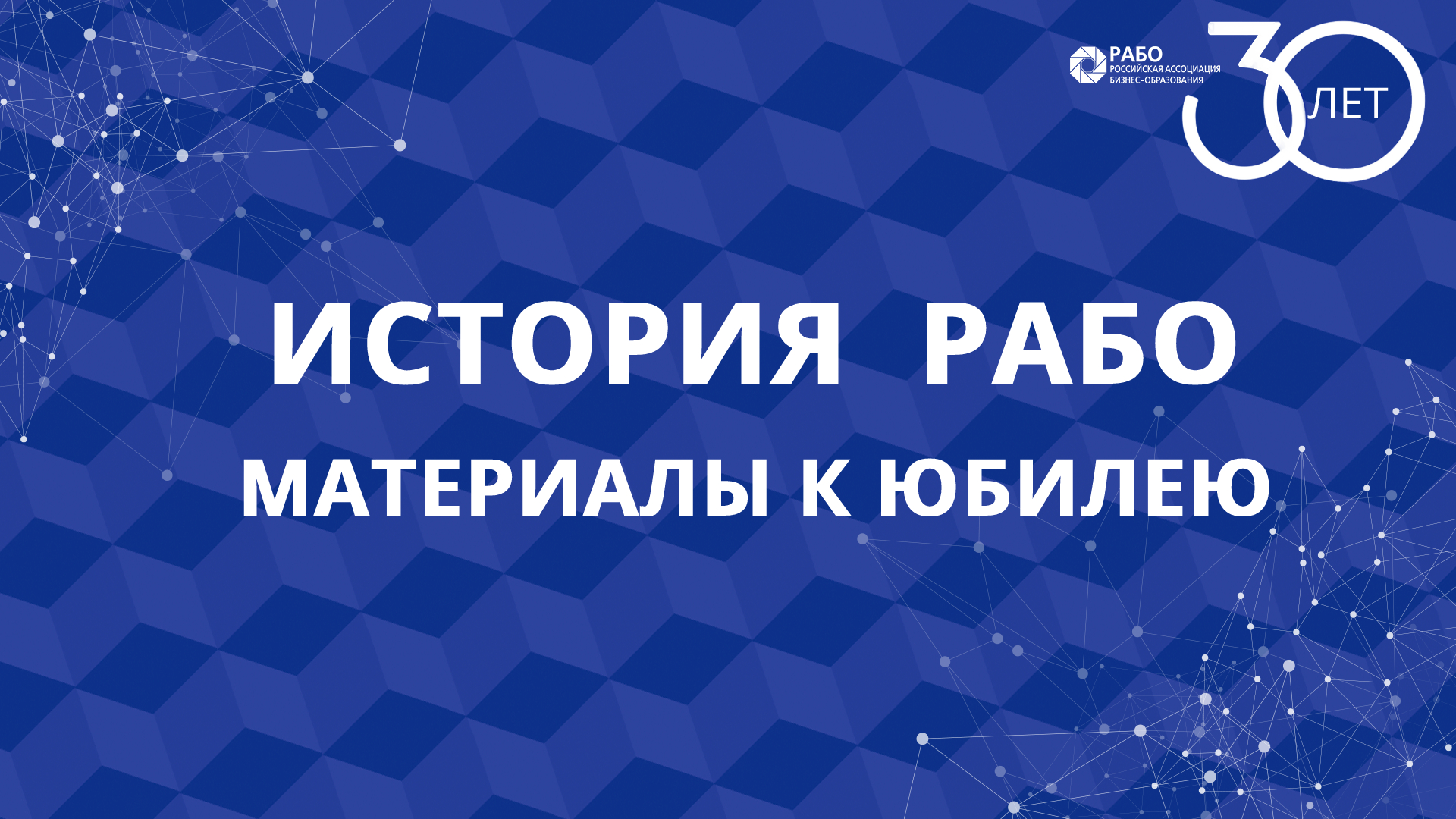Strategy
С открытой датой
Описание мероприятия
Язык обучения: английскийОписание программы
This course is concerned with strategic thinking. It studies situations in which two or more decision-makers interact in a strategic manner. Understanding strategy situations involving conflict and/or cooperation has proved useful in many areas of economics, business, political science, law, and social psychology. This course is an interaction of game theory, economics and strategic management.
Aims and objectives
To enable students to use the analytical tools of game theory and industrial economics to study key strategic problems in corporate decision making
Assessment
This course is assessed by a three-hour unseen written examination
Учебный план:
Basic game theory: Two-player games. Static and dynamic games and some examples. Equilibrium concepts and solution mechanisms — Nash equilibrium, dominant/dominated strategies, backward induction.
Oligopoly competition: Perfect competition and monopoly. Price competition and the Bertrand paradox. Quantity competition. Reaction functions. Bertrand versus Cournot.
Analysis of market structure: Describing market structure: C4-ratio, Herfindahl index, Lerner index and market power. Market definition — techniques and interpretation.
Collusion: Cartels and antitrust. Cartel stability and the discount factor. Market dynamics and stability of collusion.
Strategic Alliances: Portfolio test. Strategic and business partnerships. Sources of complementarity. Resource accumulation. Absorptive capacity.
Organisation design: Organisational fit, Strategy and structure, Functional organisation, Multidivisional structure, Worldwide structure.
Competitive Dynamics: Competitive dynamics, Competitive action, Resource similarity, Market commonality, Awareness, motivation and capability.
Strategic asymmetries: Economies of Scale, sources and consequences. Scope Economies: Airline Hubs. Learning or experience curve. Firm strategies with EoScale/Scope/Learning. First-mover advantages. Market structure with increasing returns.
Value chain analysis and vertical relations: Double marginalisation and its remedies. Vertical foreclosure. Retailer competition and investment externalities.
Vertical integration and transaction cost: Make or Buy. Contracts. Relation-Specific Assets and Hold-Up. Economic Rents and Quasi-Rents.
Entry and entry deterrence: Structural determinants of entry. Entry barriers and exit barriers. Entry deterrence. Identifying entrants.
Research and Development: Market structure and R&D intensity. R&D rivalry. Monopolists’ and entrants’ R&D incentives. Risk choice of R&D. Benefits of the patent system. Sleeping patents. Spillovers.
Technology adoption: Preemption games. Option value and future technological generations. Technology diffusion: Heterogeneity, epidemic, and population ecology approaches.
Network Effects: Direct and indirect network effects. Systems goods. Excess inertia. Excess momentum. Firm strategies with network effects. Standards Battles.
Результат обучения:
At the end of this course and having completed the essential reading and activities students should be able to:
- use tools of strategic analysis and game theory to value and analyse strategic options in real life. In particular, you should be able to:
- anticipate the actions of a rational (that is, individually profit-maximising) rival and act accordingly.
Требования к поступающим:
If taken as part of a BSc degree, courses which must be passed before this course may be attempted:
- EC1002 Introduction to economics and either
- MT105a Mathematics 1 or
- MT1174 Calculus.
Note
Students may find it helpful to have studied course MN3028 Managerial Economics or EC2066 Microeconomics before registering for this course.




